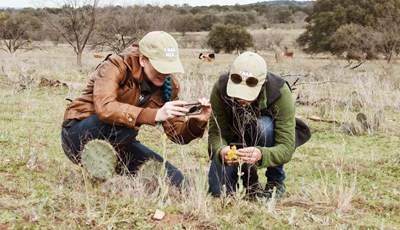Resources for new landowners: Vegetation
After reviewing the complexities soil management, gaining knowledge about vegetation is the next crucial step in a new landowner’s management education. In a previous blog, Private Land Stewardship and Plants, we discussed some plant ID resources, professional services with specific plant expertise, and management practices. Below we will go more in-depth into the different plant ID resources at your disposal and take an intentional look at the uses of vegetation for wildlife and practical ways to manage your property to encourage the right kind of plant growth.
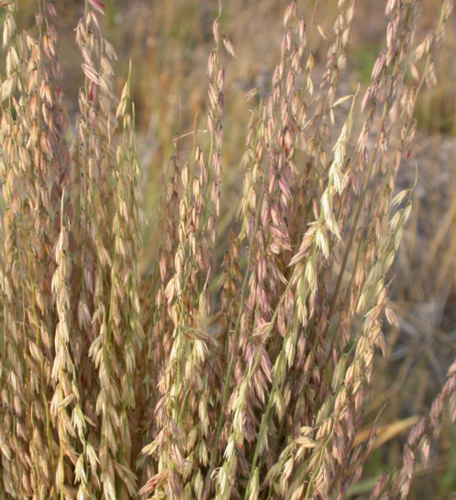
Figure 1. Sideoats grama (Bouteloua curtipendula). Photo by Matt Lavin (CC-BY-SA 2.0).
Vegetation ID Resources
1. Web Soil Survey - USDA NRCS: The USDA NRCS Web Soil Survey allows you to precisely locate your property, see the typical vegetation structure of that particular range, and what percentage of the range these species would naturally hold. A quick tutorial on using this program can be found here; simply follow the same steps for locating your area of interest, visit the “Soil Data Explorer” tab, and explore the information found under tabs like “Vegetative Productivity”.
2. Know Your Grasses - AgriLife Bookstore: Know Your Grasses is an introductory resource from the AgriLife bookstore for those who are new to plant identification or those who want to further their knowledge. This book contains detailed illustrations, range information, common and scientific names, and descriptions of both the native and introduced grasses of Texas.
3. Herbarium - Texas A&M AgriLife: The Texas A&M AgriLife Herbarium is a central resource that provides details about Texas forbs, grasses, and woody plants and their key ID features, growth patterns, and distributions. This can be a great place to view specific parts of plants to make identification even easier.
4. Plant Image Gallery - Noble Research Institute: Noble Research Institute’s Plant Image Gallery is a search engine where the user can input key visual characteristics or keywords and receive all possible plant IDs that fit that description. Input things such as flower color, longevity, season, and inflorescence type to narrow down the search results further.
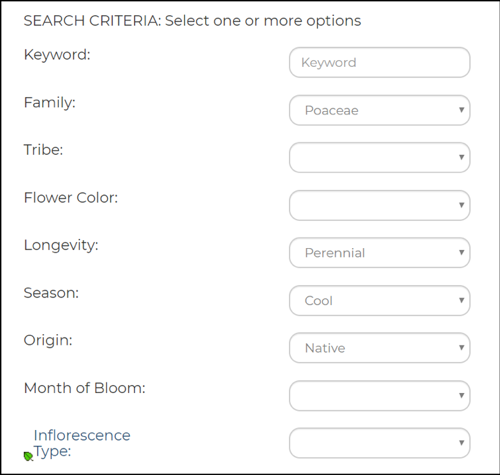
Figure 2. The Noble Research Institute Plant Image Gallery allows you to input many different characteristics of a plant to narrow down possible IDs.
5. Range Plants of North Central Texas - USDA: This guidebook of 324 range plants found in North Texas provides details on identification using leaves, flowers, and fruits, and tips on vegetation management. Range Plants of North Central Texas also includes information on the value of each plant as a part of the ecosystem and potential sources of food for wildlife.
6. iNaturalist: The website and mobile app, iNaturalist, is one of the best available examples of citizen science. This program allows you to view plant and animal ID data from others in your area, and acts as a platform for interacting with other amateurs and experts who can help confirm unknown species. Take a look at our blog, Identifying and Documenting Species with iNaturalist: a great tool for private land stewards, for more information on how to use this resource.
7. Quail Plant of the Week Videos - Texas A&M NRI: Our Quail Plant of the Week playlist on YouTube has 52 short videos covering some key quail plants that provide food, protection, or loafing cover. These videos overview several key identifiers of each species, their range, and how they benefit quail in Texas.
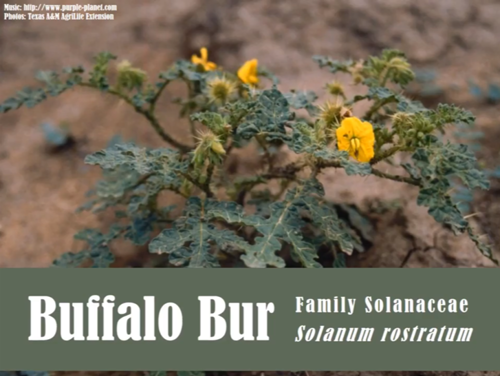
Figure 3. NRI's Quail Plant of the Week videos provide helpful information for plant ID.
Vegetation Management Resources
The best way to begin the daunting task of vegetation management on a new property is to answer the question “What are my management goals?” before applying any new practices. For example, if you want to improve the land as habitat for quail or other wildlife, emphasis should be placed on growth of native bunchgrass species, woody shrubs for cover, and forbs and grasses that produce food for a variety of species. Below is a list of YouTube videos that walk through the basics of land management with a variety of techniques.
- New Landowners: This playlist is an excellent place to start. It reviews the basics of taking soil samples, measuring rangeland, herbicide spraying, and more.
- Wildlife Food Plots: The videos in this playlist show how different farming instruments can be used to create food plots for wildlife.
- Determining Stocking Rate to Benefit Cattle and Quail (Part 1 of 3): This three-part video series aims to help landowners who wish to strike a balance between wildlife management and grazing livestock. Watch Part 2, Part 3, and Proper Grazing of Quail Nesting Habitat for more information.
- Grassland Restoration for Upland Birds: For those properties which have been previously mismanaged, grassland restoration may be necessary to bring back native grass species which benefit upland bird species.
- Brood Cover for Bobwhites: To encourage sustainable northern bobwhite populations on your property, correct brood rearing cover must be available for utilization. This video provides an overview of what constitutes this type of cover and how to achieve its growth.
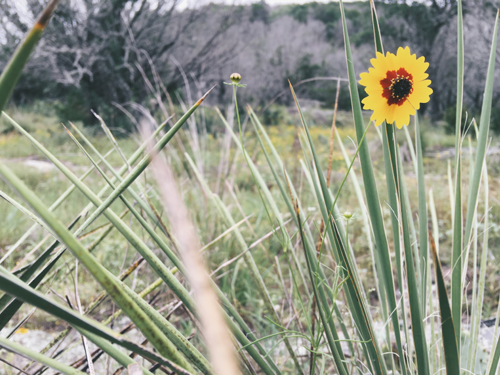
Photo by Brittany Wegner (Texas A&M NRI).
Each of these resources brings information to new landowners in easy-to-understand formats, breaking down plant identification and management techniques that may seem complicated but can be mastered with time and effort. Check back soon for our next article in the Resources for New Landowners series: wildlife resources.
For more news like this, subscribe to our monthly newsletter Conservation Matters.





